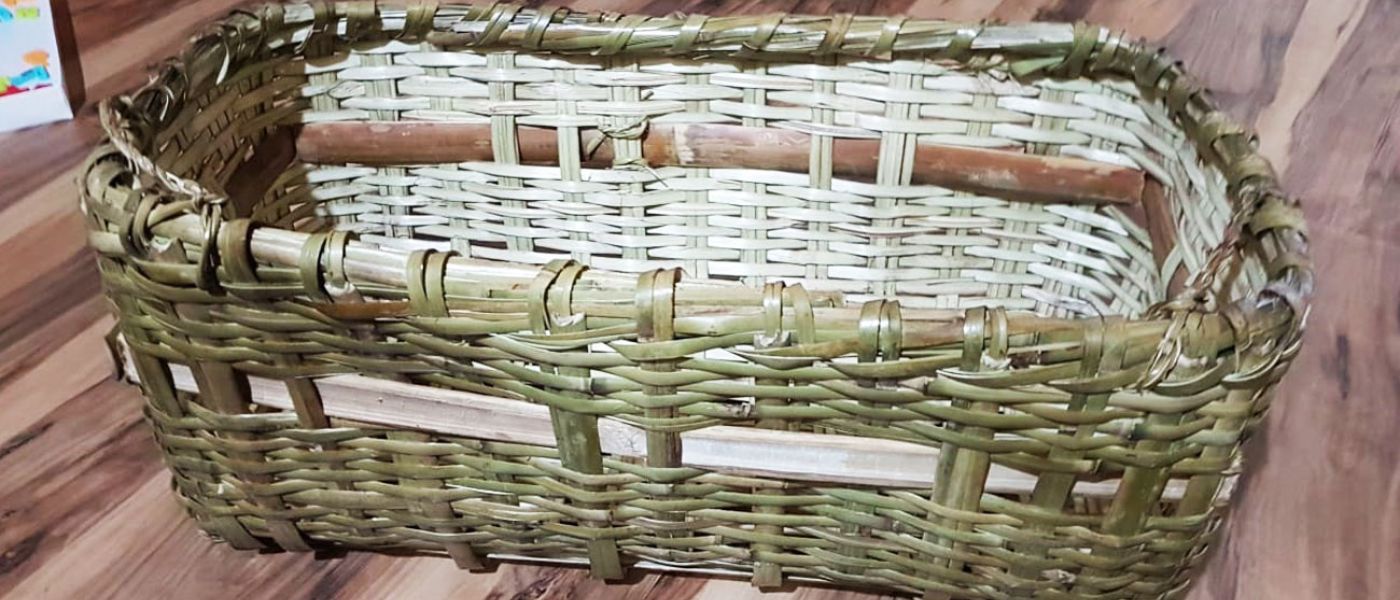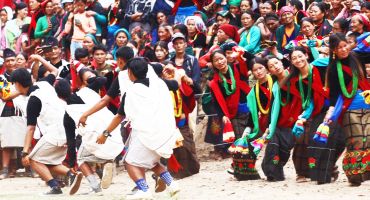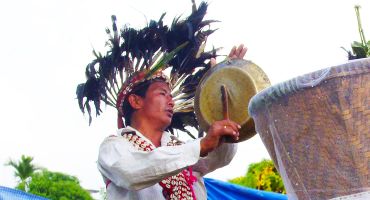Never knew about significant of “kokro” ( traditional bamboo cradle) until i was asked to bring one by Yeba (limboo priest)on the occasion of my youngest son’s Yangdang Phongma (naming a child or nowran).
The “Kokro” is derived from Nepali word, traditional baby cot or cradle made out of bamboo.
Today kokro(bamboo cradle) making or weaving is a declining skill. It was the craft of the elderly and was honed and perfected over generations. It is a craft that needs instruction, expertise and a great deal of practice. A craft that could disappear within a few years because all that sustained it and brought it to the level that it has reached is now gone. As a hand skill, it is irreplaceable, and with changes in lifestyle, the need to adapt and preserve this skill becomes of utmost relevance.
It is very interesting to know that kokro making has traditional rules and regulation. Thumb rule is that the kokro making or weaving has to be completed on a single day once started. A person who is making kokro has to clean up himself in the morning and offer ‘mundum’ (oral tradition recitation of Limboo tribes) before weaving begins.
It had not fix rate. Traditionally, Person is offered with chang (millet wine), mana of rice and money once complete kokro is handed over to the parent of a baby.
Yangdang Phongma
(Naming a Child):
After three days for the female baby and four days for male baby, a ritual of Yangdang Phongma is performed. Its literal meaning is ‘hung a cradle’ and it is a ritual of purification of the mother, the baby, the house and the close relatives and giving name to the baby and showing the baby the light of the day. Usually Phedangma officiates the birth ceremonies.
The cradle is prepared and hung at the proper place by then. First of all, a puppy is kept there and the cradle is made to swing. It is believed that the dog saves the baby from evil spirits and other Sammang Chyang (inferior divinities having harmful character). A shell of the Neghokkirimba (a snail) is hung on the ropes of the cradle with the belief that the soul of the baby will hide in the shell while sleeping in the cradle so that the evil spirits will not see his or her soul. Some People even place or insert some medicinal herbs also in the cradle. Finally the baby is kept in the cradle and the cradle is made to swing slowly.
Phedangmas believe that the God of Destiny writes the luck (fate) of the baby at the night of Yandangphongma, but in the introductory recitation of Mundhums, Phedangmas, Sambas, or Yebas and Yemas mention that they are, accomplishing their job which was predestined by Nawalungmang Chosaplumang (God of destiny or luck) while they were in the inner world, unseen world in the womb of mother. It is a common practice among all Mundhum reciters to speak something about their vocation. These show that the future of the baby is determined when he or she is in the mother’s womb.





Leave a Reply